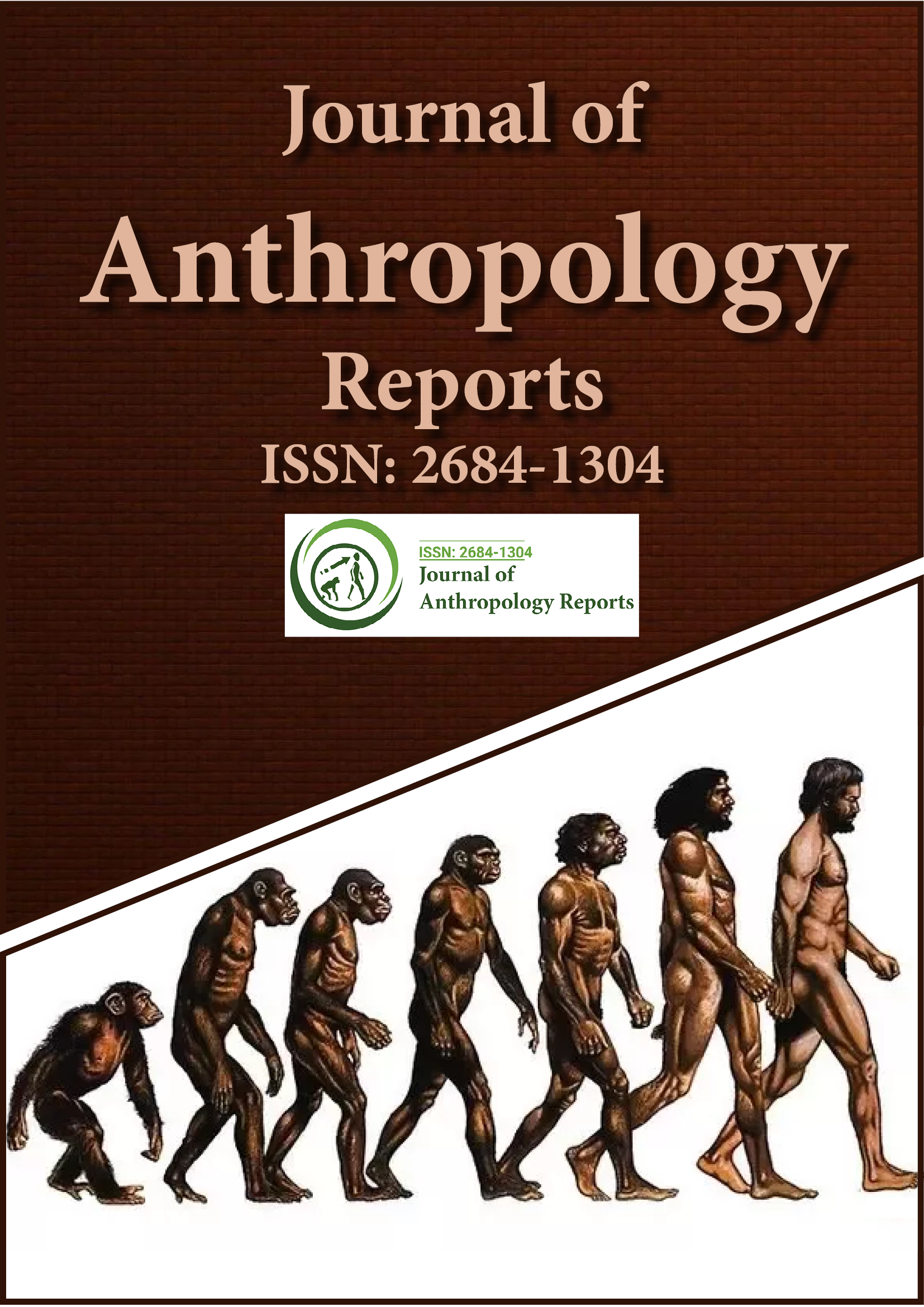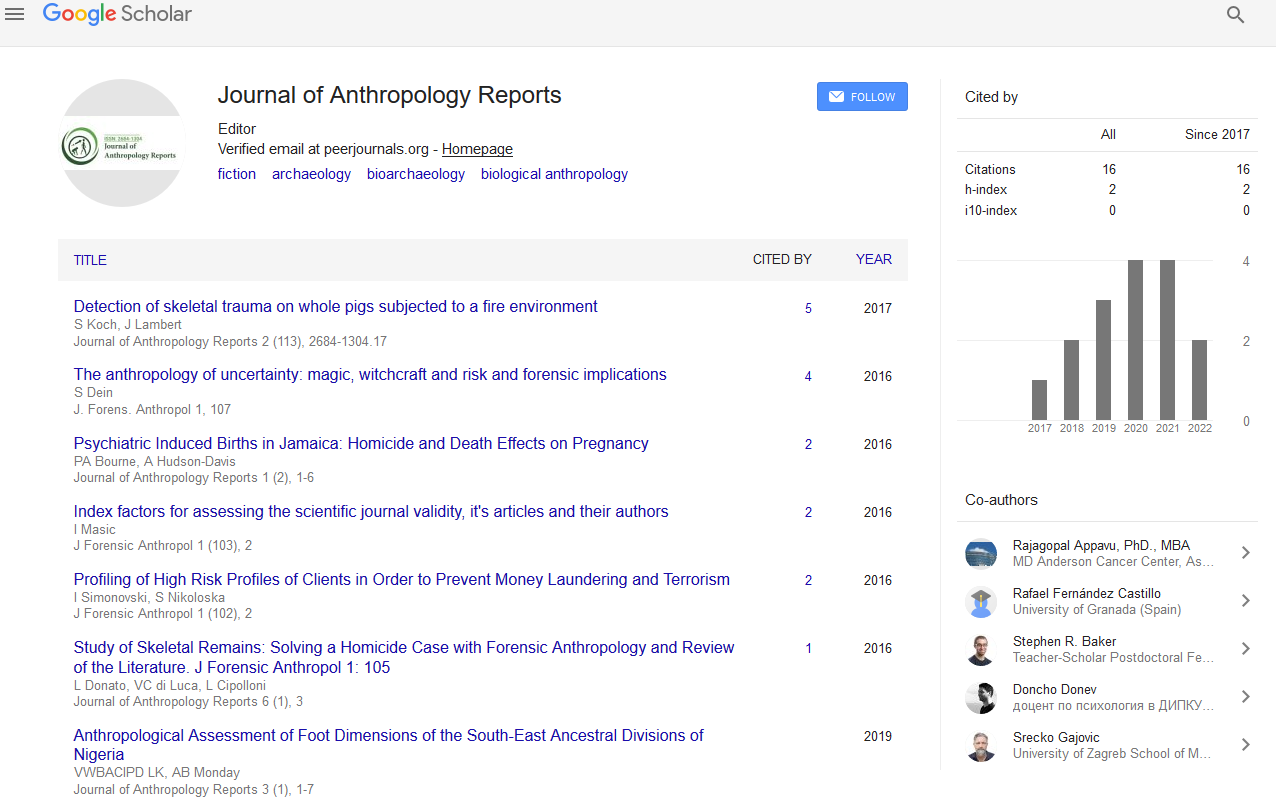Indexed In
- RefSeek
- Hamdard University
- EBSCO A-Z
Useful Links
Share This Page
Journal Flyer

Open Access Journals
- Agri and Aquaculture
- Biochemistry
- Bioinformatics & Systems Biology
- Business & Management
- Chemistry
- Clinical Sciences
- Engineering
- Food & Nutrition
- General Science
- Genetics & Molecular Biology
- Immunology & Microbiology
- Medical Sciences
- Neuroscience & Psychology
- Nursing & Health Care
- Pharmaceutical Sciences
Perspective - (2025) Volume 8, Issue 1
Analyzing Cultural Identity Through Ritual Practices in Indigenous Communities
Johanna Kruger*Received: 24-Feb-2025, Manuscript No. JFA-25-29404; Editor assigned: 26-Feb-2025, Pre QC No. JFA-25-29404 (PQ); Reviewed: 12-Mar-2025, QC No. JFA-25-29404; Revised: 19-Mar-2025, Manuscript No. JFA-25-29404 (R); Published: 26-Mar-2025, DOI: 10.35248/2684-1304.25.8.213
Description
Mythology has long played a part in shaping how people understand right and wrong, good and bad, duty and dishonor. Across various cultures, stories passed down through generations contain more than entertainment or explanations of natural events. These tales often reflect values, ideals and behaviors that are accepted or expected in a society. Through characters, symbols and narratives, mythology helps define acceptable conduct and warns against actions considered harmful.
In many traditions, myths provide examples of how individuals should behave. Heroes may display bravery, loyalty, or fairness, while those who break social rules often face punishment. These outcomes are not only lessons for the characters in the stories but also for those who hear or read them. The message is clear: some choices lead to reward, others to loss. This repeated structure allows people to learn about moral expectations even without formal instruction.
Myths often deal with universal themes such as justice, sacrifice, truth and honor. These are presented in ways that relate to the lives of ordinary people. For example, a tale of a ruler who treats the poor with respect might be told in a village where fairness is valued. A story of a sibling who betrays a family member might serve as a warning against disloyalty. In this way, mythology supports shared norms and makes them easier to understand.
Religious traditions also use mythology to support moral teachings. Many ancient texts include stories of divine beings who guide, test, or correct humans. These narratives give authority to moral principles, showing that they are not only based on human opinion but are connected to a larger order. Whether through rewards in the afterlife or punishment in the present, these stories suggest that ethical living is not only wise but necessary.
Cultural heroes often serve as models for behavior. They may face difficult choices, overcome personal flaws, or defend their communities. Their actions provide examples of courage, kindness, or wisdom. While no one is expected to be perfect, these figures show that moral strength is something to work toward. Even when they fail, their efforts are remembered and their stories continue to guide others.
Some myths explain how certain customs began. A tale might describe why people share food with guests, why honesty is respected, or why certain actions are considered shameful. These stories help give meaning to everyday life and show that moral rules are not random but connected to long-standing beliefs. By linking values to past events or ancestors, myths strengthen a sense of identity and belonging.
Mythology can also support unity within a group. Shared stories allow people to feel part of a common history and value system. When everyone knows the same tales and draws similar lessons from them, social bonds are stronger. Conflicts may still occur, but the shared moral base makes it easier to resolve them. These stories act as reminders of what is admired and what is discouraged.
Conclusion
Changes in the modern world have affected how rituals are performed, but many groups have found ways to adapt without losing meaning. Some ceremonies now include modern tools or are recorded for teaching, yet they continue to follow traditional values. Others are reinterpreted in new settings, keeping the spirit of the practice alive while making it relevant for younger generations. Analyzing these ritual practices offers insight into how Indigenous communities define themselves. The repetition, symbols, language and emotions involved all speak to a shared understanding of who they are and what matters to them.
Citation: Kruger J (2025). Analyzing Cultural Identity Through Ritual Practices in Indigenous Communities. J Anthropology Rep. 8:213
Copyright: © 2025 Kruger J. This is an open-access article distributed under the terms of the Creative Commons Attribution License, which permits unrestricted use, distribution and reproduction in any medium, provided the original author and source are credited

